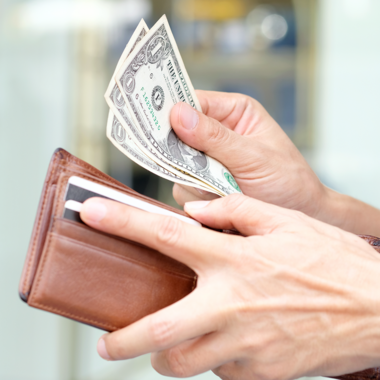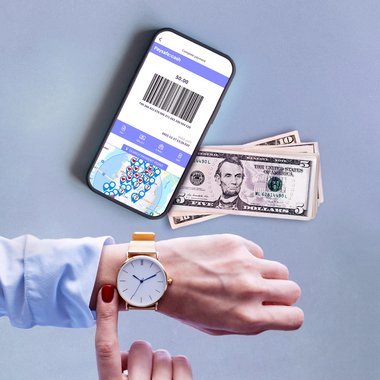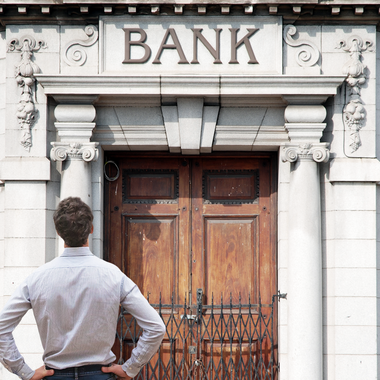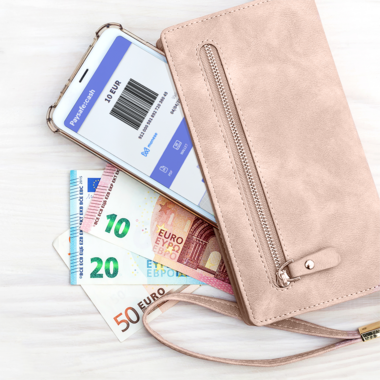Is a growing gig economy changing the payments landscape?
Jan 22, 2021The impacts of COVID-19 continue to be far-reaching beyond the immediate public health disaster. Foremost among these are the economic consequences of the virus and the social distancing measures that have been in place across the globe for the best part of a year in an effort to contain the spread.

With the global economy contracting and many businesses across a full range of industries either suffering loss of revenue, going into hiatus, or closing altogether, unemployment has soared. For example, in the US the unemployment rate rose from 3.5% to a staggering 14.8% between February and April 2020. While the unemployment rate in the US has fallen steadily since, it remains 91% higher than pre-COVID-19 figures, and is predicted to remain at these levels for the next three years.
In Europe, government job preservation policies such as the UK’s furlough scheme have had a dampening impact on unemployment, but these haven’t prevented figures from rising and the expectations are that this will grow throughout 2021 to a high of 2.6 million, even if vaccinations have the desired effect in reducing the number of COVID-19 related hospitalisations and deaths.
Following this increase in unemployment, the closure of businesses, and the reduction in revenue for traditional sole trader or freelance income, one consequence has been the rapid growth of the number of people turning to the gig economy for wages. This shift to short-term or zero-hour contracts as a primary or secondary form of income to cover the shortfall in permanent positions will continue to be a prolonged trend. We predict this to be one of the longest lasting consequences of the pandemic.
Why a growing gig economy alters the payments landscape
Transitioning to working in the gig economy inevitably impacts how a person would likely be paid for their services, so it isn’t surprising that this might also impact how they would prefer to spend money. For businesses there can be compelling cost and efficiency benefits of paying occasional or one-off wages to temporary workers via alternative payment methods. Gig economy workers are more likely to be paid directly as their wages do not stem from monthly company payroll, meaning the source of their finances is less likely to be a bank account. Where this is true, it is even more likely that they would make the majority of their payments from the same source that they receive their income.
The shift to alternative payments
For freelancers offering digital services, the most efficient way to get paid might be a digital wallet. The growth of the “work at home” digital gig economy during the pandemic has resulted in more and more small businesses looking for outsourced solutions to many of their business needs. In this way they are not forced to gather, store, and protect financially sensitive information for a large number of contractors. This is because this is not only expensive, but also any data breach might have significant additional financial consequences.
To transfer via a digital wallet such as Skrill, the business only needs to store the email address of the recipient. Once the payment has been received, the recipient can spend their wages online via the digital wallet, or in stores if the digital wallet is linked to a payment card e.g. the Skrill prepaid Mastercard.
Businesses that are relying on gig economy workers for services they are fulfilling outside of the home, such as delivery workers, might also prefer to settle their labour costs via a digital wallet payment for the same reasons. Alternatively, they may view cash payments as the most efficient method to pay temporary staff.
For the recipient, one issue with being paid in cash may be that it restricts being able to spend their income online. A second identifiable consequence of COVID-19 and social distancing has been the rapid growth of eCommerce; with non-essential stores closed in many countries, and due to safety concerns of visiting stores, being able to shop online is now essential for all consumers. For those that do not want to, or are not able to, pay cash into a bank account, eCash solutions that enable consumers to use cash digitally are the ideal solution. By enabling consumers to either use cash to purchase a prepaid pin or voucher to spend online, as in the case of paysafecard, or by enabling the consumer to initiate a transaction in an online checkout and complete the payment at a designated payment point with cash, as is possible with Paysafecash, online businesses can ensure they are not excluding cash consumers from purchasing their goods or services.
Looking ahead
As we have discussed in previous articles, the payments ecosystem was already diversifying before COVID-19, with multiple alternative payment methods gaining popularity with consumers. But like many other trends, COVID-19 has dramatically accelerated this shift. There are many reasons for this and the growth of the gig economy is certainly a contributing factor. The growth of the temporary work market will continue beyond the end of the pandemic, so businesses must consider how this increasing number of target customers will want to pay for their goods or services to futureproof themselves for the long term.



